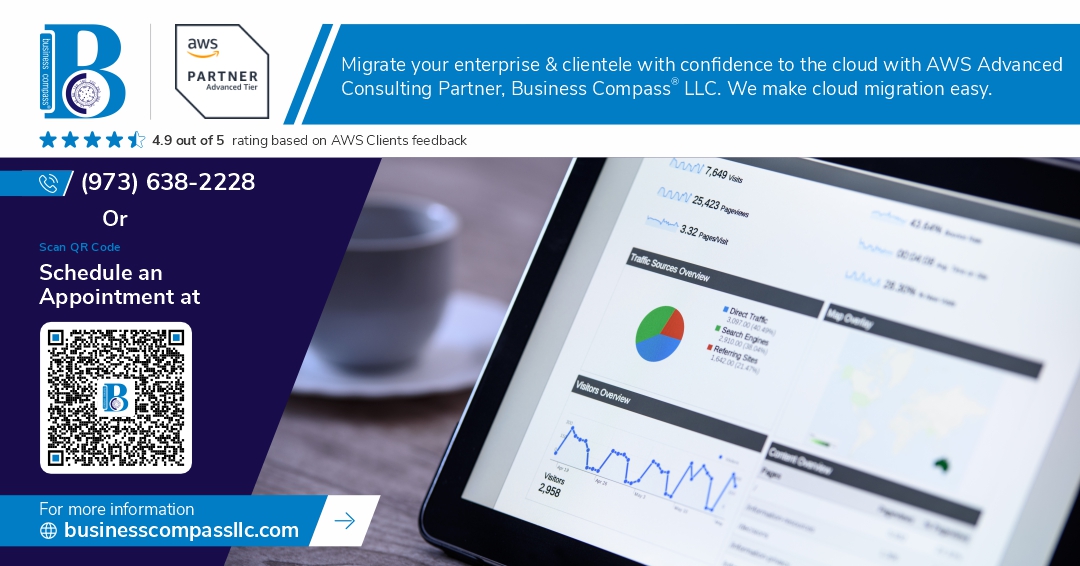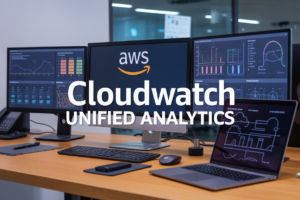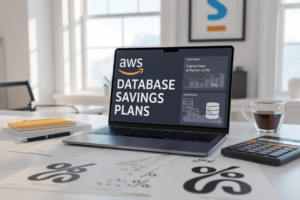Ever been caught in the gap between “we need this analytics dashboard yesterday” and “our data team has a six-month backlog”? You’re not alone. Companies everywhere are drowning in data while thirsting for insights.
Let me save you some pain: traditional data workflows aren’t built for today’s speed requirements. Period.
I’ve watched organizations transform their data product development from months to days by embracing modern data engineering practices. The right combination of technology, process, and people creates a data product fast lane that delivers value exponentially faster.
But here’s what most leadership teams miss: it’s not just about hiring more analysts or buying fancier tools. There’s a fundamental shift happening in how successful companies approach data products entirely.
Want to know the difference between companies still struggling with dashboard requests and those deploying machine learning models weekly?
Understanding the Modern Data Landscape
Why Traditional Analytics Pipelines Fall Short
Old-school analytics just can’t keep up anymore. They’re too rigid, too slow, and frankly, a nightmare to scale. Companies drowning in data are finding their legacy systems choke when handling the massive volumes and variety of today’s information streams. Meanwhile, business teams are left waiting days for insights that should take minutes.
The Rise of Data-Driven Decision Making
Data isn’t just nice to have—it’s the backbone of modern business strategy. Companies that leverage real-time analytics outperform competitors by 85%. This shift happened fast: executives now expect data at their fingertips for every decision. The organizations thriving today have built cultures where data drives everything from product development to customer experience.
Key Components of Modern Data Architecture
Modern data architecture breaks free from traditional constraints with these game-changers:
- Decoupled systems that process and store data independently
- API-first approach enabling seamless integration
- Cloud-native technologies providing infinite scalability
- Data mesh principles putting ownership in business teams’ hands
- Real-time processing delivering insights when they matter most
Business Impact of Accelerated Analytics
The payoff of modernized analytics is massive. Companies report 3x faster time-to-market, 60% reduction in data engineering costs, and dramatically improved decision quality. One retail giant increased revenue by 23% after implementing real-time customer analytics. The competitive edge comes not just from having data, but from how quickly you can turn it into action.
Data Engineering Best Practices
Building Scalable Data Pipelines
Your data pipelines need to grow with your business without breaking the bank. Design modular components that snap together easily, automate everything you can, and build monitoring from day one. When things go sideways (and they will), you’ll thank yourself for those real-time alerts and documented recovery procedures.
Real-Time vs. Batch Processing: Choosing the Right Approach
Not everything needs to happen in real-time. Batch processing works perfectly for daily reports and historical analysis, saving you serious infrastructure costs. But when customer experiences or fraud detection are on the line, real-time processing becomes worth every penny. Smart teams use both, matching each data workflow to its actual business requirements.
Data Quality and Governance Frameworks
Garbage in, garbage out isn’t just a saying—it’s the reality that kills data projects. Implement validation checks at every stage, create clear data ownership roles, and document your data dictionary so everyone speaks the same language. The effort you put into quality upfront prevents weeks of debugging mysterious insights later.
Accelerating Analytics with Modern Tools
Accelerating Analytics with Modern Tools
A. Cloud-Native Analytics Platforms
Modern analytics now lives in the cloud, and for good reason. Cloud-native platforms like Snowflake, Databricks, and BigQuery eliminate those painful infrastructure headaches while delivering elastic scaling when your business actually needs it. No more overprovisioning or getting caught short during peak demands.
B. Machine Learning Operations (MLOps)
MLOps bridges the gap between creating cool models and actually making them useful in production. Tools like MLflow, Kubeflow, and Sagemaker streamline the entire ML lifecycle—from experimentation to deployment and monitoring. The days of data scientists throwing models over the wall to engineers? Gone.
C. Data Visualization and Self-Service BI
Power users shouldn’t wait in the analytics line. Modern self-service tools like Tableau, Power BI, and Looker democratize data access, letting business teams explore insights without coding knowledge. The result? Faster decisions and less burden on your technical teams.
D. Serverless Architecture for Analytics
Serverless computing is changing analytics economics dramatically. Services like AWS Lambda, Azure Functions, and Google Cloud Functions handle processing workloads without dedicated infrastructure. You pay only for what you use, scaling instantly from zero to hero when demand spikes.
E. API-First Approach to Data Products
APIs are the secret sauce of successful data products. By designing with API-first principles, you create composable, reusable data assets that applications can easily consume. This approach turns your data into products that developers actually want to use, not just databases they’re forced to query.
Building a Data Product Mindset
Shifting from Projects to Products
Gone are the days of one-off analytics projects. Today’s high-performing organizations treat data initiatives as ongoing products with continuous evolution. This mindset shift transforms how teams operate—focusing on sustainable value delivery rather than project completion dates. Your data team becomes a strategic partner, not just a service provider.
Cross-Functional Team Structures
Data products thrive when built by diverse teams. Engineers, analysts, domain experts, and business stakeholders must collaborate daily. Break down those departmental silos! When product managers understand data architecture and data scientists grasp business priorities, magic happens. The cross-pollination of skills creates solutions that actually solve real problems.
Agile Analytics Development
Waterfall is dead for data work. Embrace short sprints, rapid prototyping, and constant user feedback. Start with a minimum viable product that delivers immediate value, then iterate based on what you learn. This approach dramatically cuts time-to-insight while ensuring your solutions stay relevant to changing business needs.
Measuring Success through Business Outcomes
Stop counting reports generated or pipelines built. Start measuring actual business impact. Did your dashboard help increase sales? Did your predictive model reduce customer churn? Tie every data product directly to business metrics that executives care about. This alignment ensures your team focuses on what truly matters.
Future-Proofing Your Data Strategy
Embracing Data Mesh Architecture
Data mesh flips the script on centralized data management by empowering domain teams to own their data products. This distributed approach breaks down silos, enabling faster innovation while maintaining governance standards.
Ethical AI and Responsible Analytics
Gone are the days of “move fast, break things.” Today’s analytics leaders prioritize transparency, fairness, and privacy from day one. Building ethical guardrails isn’t just good practice—it’s becoming a competitive advantage.
Preparing for Edge Analytics
The real game-changer? Processing data where it’s created. Edge analytics reduces latency and bandwidth costs while enabling real-time decisions. Smart organizations are already designing systems with edge capabilities built-in.
Continuous Learning and Adaptation
The only constant in data engineering is change. Teams that thrive don’t just react—they proactively experiment with emerging technologies and continuously upskill. This learning culture separates leaders from followers.
Modernizing your data approach is no longer optional in today’s fast-paced business environment. By implementing data engineering best practices, leveraging modern analytics tools, and fostering a data product mindset, organizations can transform raw information into valuable insights that drive strategic decisions. The shift from traditional data warehousing to agile, product-oriented data platforms represents a fundamental change in how successful companies operate.
Take the first step by evaluating your current data infrastructure and identifying opportunities for improvement. Whether you’re refining existing processes or building a completely new data strategy, focus on creating solutions that deliver measurable business value. Remember that the most successful data initiatives balance technical excellence with a deep understanding of business needs—placing you firmly in the fast lane of data-driven innovation.




















